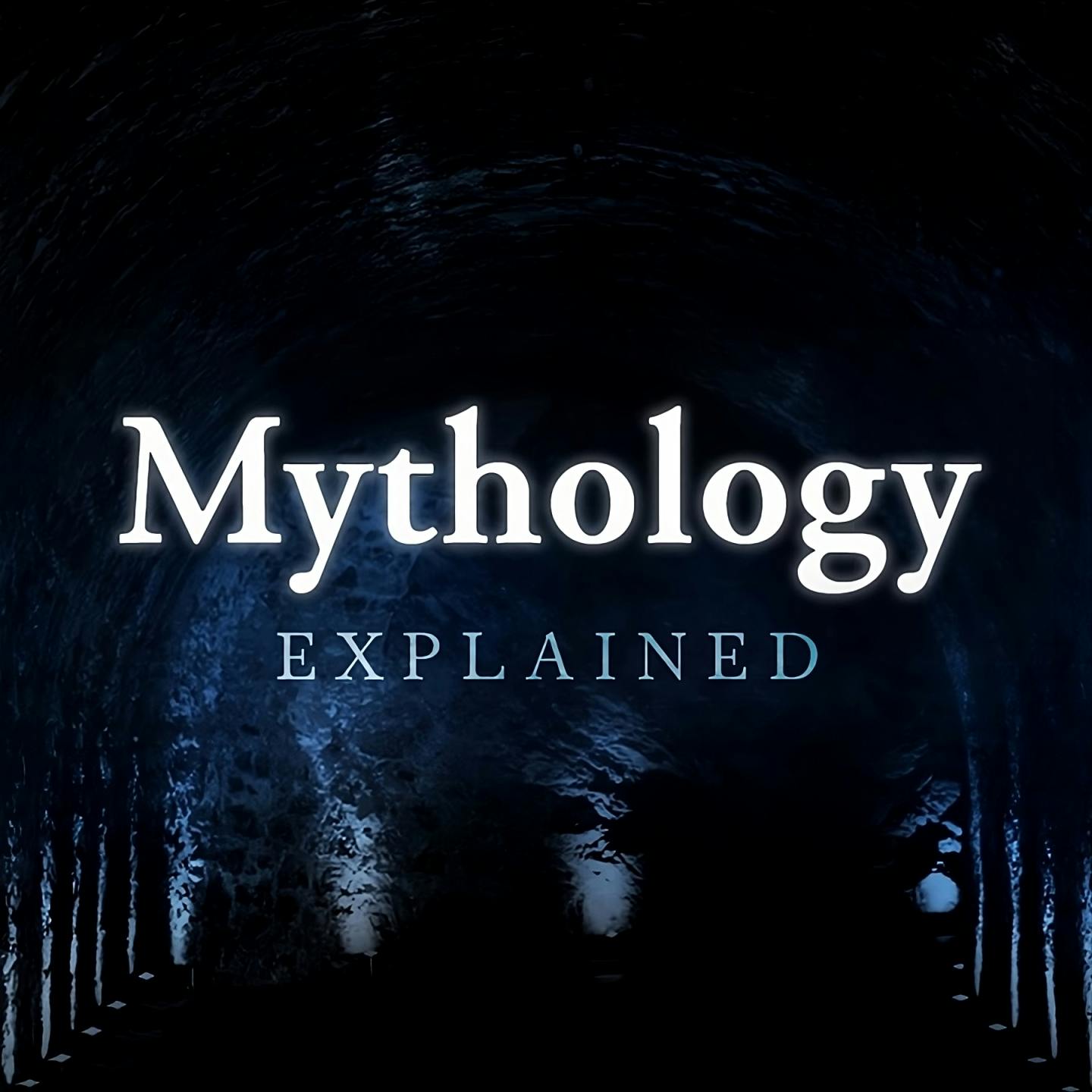
The Powers: The Warrior Angels God Sends to Destroy Evil

Mythology Explained
Shownotes Transcript
Hey everyone, welcome to Mythology Explained. In today's video, we're going to discuss the Powers, God's warrior angels who work to maintain order in the universe and, when needed, who are sent forth as the tip of the spear to combat evil, defending God's flock and destroying demons. Alright, let's get into itPseudo-Dionysius the Areopagite is a pseudonymous author whose works had a profound influence on Christian mysticism and theology from the Middle Ages all the way through to today. While the angelic hierarchy isn't delineated in the bible, instead expounded in various forms by various theologians in extra-biblical works, these predicated on and extrapolated from scripture, it's fair to say that the angelic hierarchy put forward by Pseudo-Dionysius was widely embraced by Christianity and is probably the most influential version developed and disseminated to date. The true identity of Pseudo-Dionysius is unknown, but his works are thought to have been written around the late 5th to early 6th century. His pseudonym suggests he was trying to be identified with Dionysius the Areopagite, a convert of Saint Paul mentioned in the Acts of the Apostles, but scholarly consensus holds that he was not the historical Dionysius, hence the 'Pseudo' that precedes the name of this unknown author."The Celestial Hierarchy," Pseudo-Dionysius's most seminal work, is a treatise that discusses the angelic hierarchy. In it, the angelic hierarchy is described as being made up of three angelic orders, and these three angelic orders, in turn, each comprise three angelic choirs; so, per his conceptualization, there are three groups of three, making for a total of nine angelic choirs.